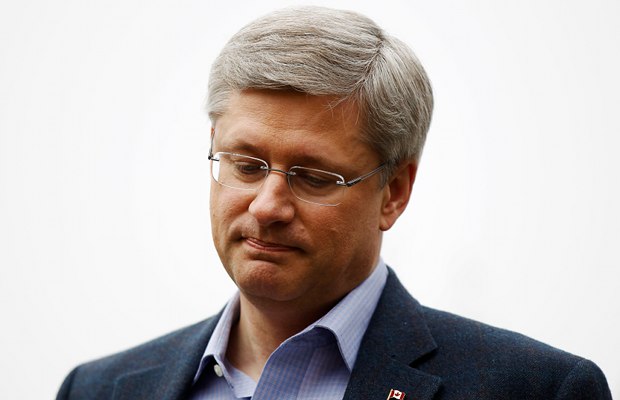During the election campaign, our federal party leaders will be making lots of promises.
On the surface these promises may sound appealing, but they can be so vague that the average voter or journalist is unable to decipher fact from fiction.
But we’ll do our best. As politicans make promises on the campaign trail, we’ll seek the opinions of experts to see how viable they are.
Wednesday April 7, 2011
Conservative Prime Minister Stephen Harper
The promise:
During a campaign stop in Vaughan, Ont, Prime Minister Stephen Harper announced that a Conservative government would double the amount Canadians can contribute annually to their tax-free savings (TFSAs) account to $10,000 from $5,000.
The Conservatives say the accounts will reduce taxes over time and make it easier to save for that new car or home renovation.
The boost is to kick in once the federal government balances its budget – a feat not scheduled to be completed until 2015-2016, according to current Conservative projections.
The price tag for the pledge is estimated to be $30 million in its first year and would eventually climb to $300 million annually as buy-in from Canadians begins to grow.
The past:
The Conservative government introduced TFSAs in 2008, but capped the annual contributions to $5,000 per year.
Since that time more than 4.7 million Canadians have opened such accounts, amassing at total of $18 million in assets, according to the department of finance.
The experts’ take:
Ian Lee at Carleton University’s Sprott School of Business said the government’s announcement makes sense on a macro- and micro-economic level.
“It’s affordable. It’s doable and it is incentivizing people to do what they should be doing, that is saving for their elder years,” he said.
Lee said that Canadians have had a dismal savings rate over the last 20 years, recently dropping to four per cent when economists say it should be closer to 10 per cent.
Still, TFSAs are not going to make a person rich, Lee warned. “In a low interest, low inflation economy which we have been since the late 1980s, you are not going to get rich off the return on your savings.”
TFSAs provide a small incentive to increase those savings. At $300-million annually, it’s not going to blow the bank for the government either, Lee said.
The question is whether TFSAs actually increase how much Canadians are saving. The personal savings rate reached four per cent at the end of 2010, up half a percentage point from 2009, according to Statistics Canada.
TD Economics predicts that savings rate could hit seven per cent by 2014, prompted largely by reactions to financial crisis.
Bruce Ball, a member of the Canadian Institute of Chartered Accountants’ tax policy committee, said it’s hard to determine whether TFSAs, which were introduced in 2008, were the major driver behind the increase or whether Canadians are simply saving more in general.
Nonetheless, Ball’s organization said Harper’s pledge was sound policy.
“This is really going to take TFSAs up a notch so they will be a major part of the retirement savings system. That is definitely a good thing.”
The tax savings don’t have a huge impact for individuals at the beginning, but the eventual payoff for Canadians who put their money in TFSAs is substantial, Ball said.
“It’s really a long-term proposition,” he said.
Ball also praised the long-term time frame saying that eliminating the deficit first is prudent.
There is room for improvement though, according to Ball. Canada needs more investment into financial literacy, so Canadians have a better grasp on how to use these tools, he says.
Another word of warning for the government: “It really could have a significant impact on government revenue, probably not initially, but down the road because the limit does accumulate each year. They will have to monitor that.”
Robert Abboud, a financial planner with Raymond James Wealth Strategies, said his clients should be thrilled with the announcement.
“It’s a wonderful way to shelter income,” he said.
Abboud said it might be hard to determine how much more Canadians are saving because of the TFSAs, but anecdotally his clients are very interested.
Doubling the contribution makes a big difference for what Canadians can potentially get out of TFSAs, says Abboud.
After ten years, if someone accumulated $100,000 and invested it at six per cent, it would mean a $6,000 earning that would be free of taxes, he said.
The catch is that most Canadians aren’t able to make the full-contribution.
As for Harper’s timeline, Abboud said it’s a great idea.
“It teaches Canadians that we shouldn’t spend beyond our means. To me that sounds logical.”




Comments